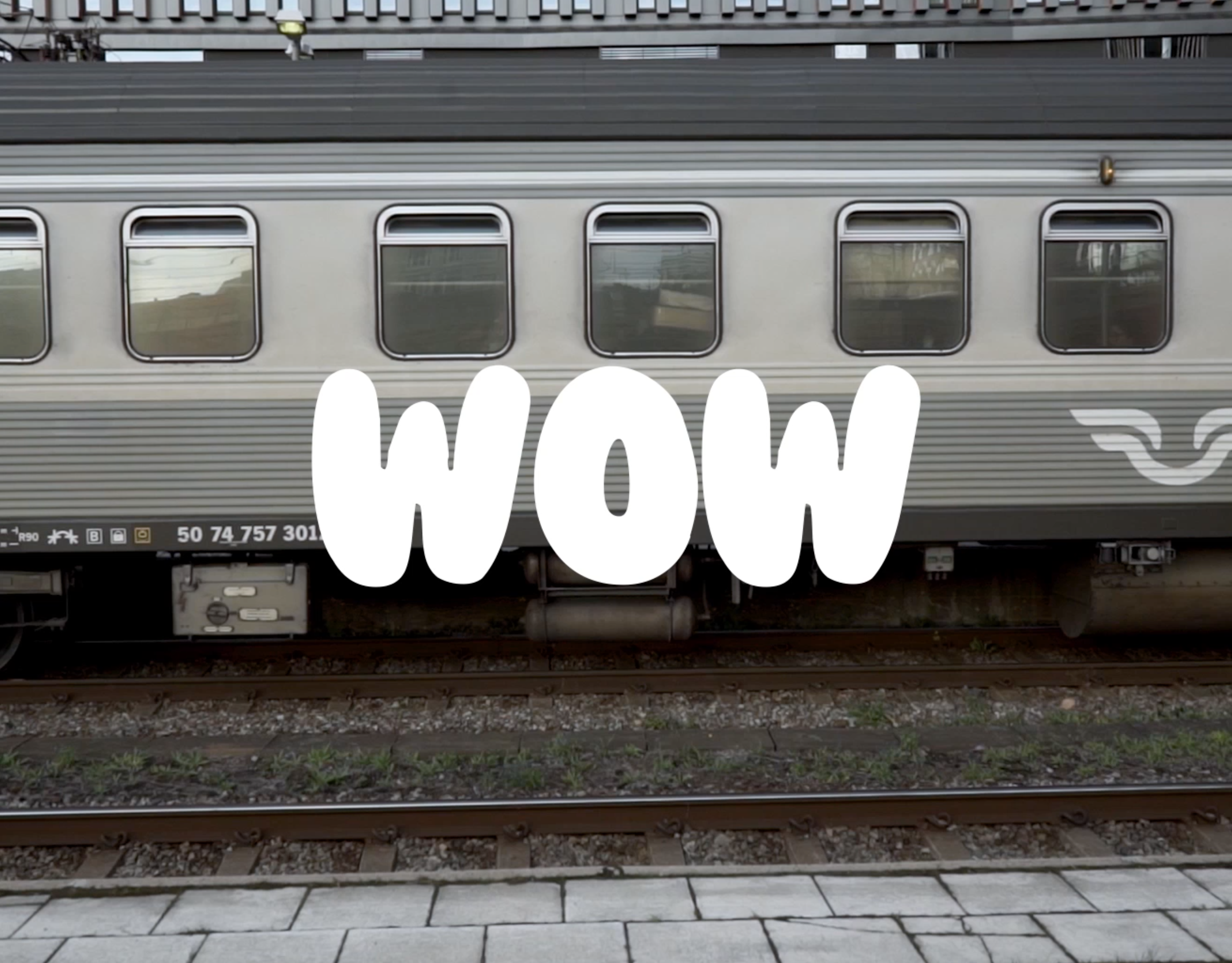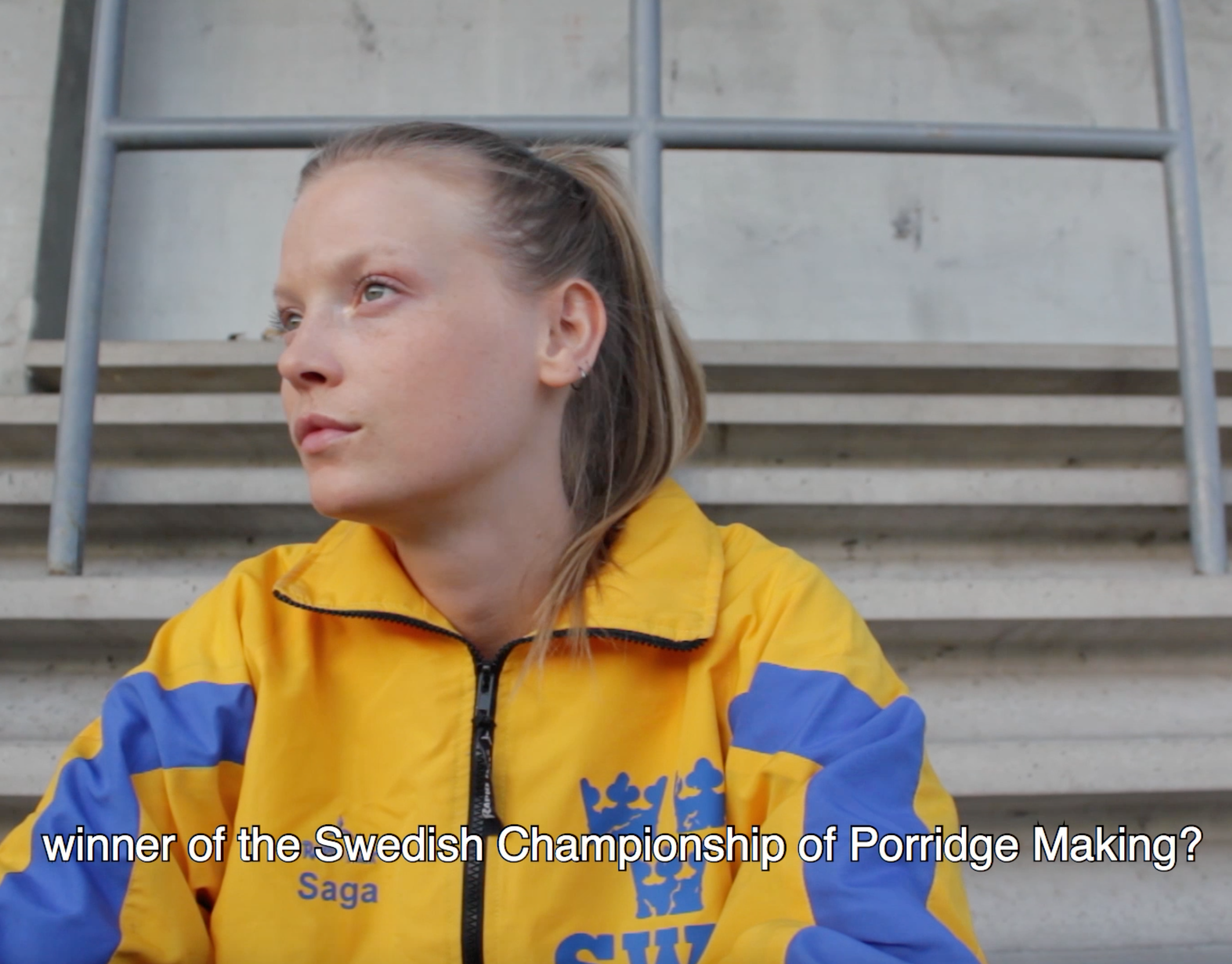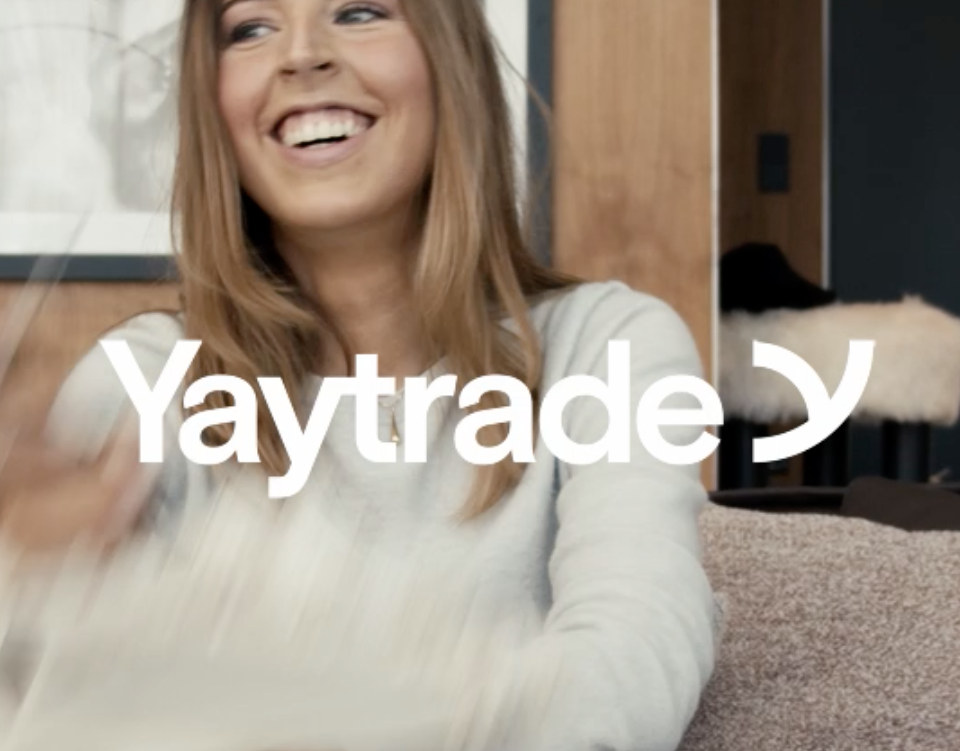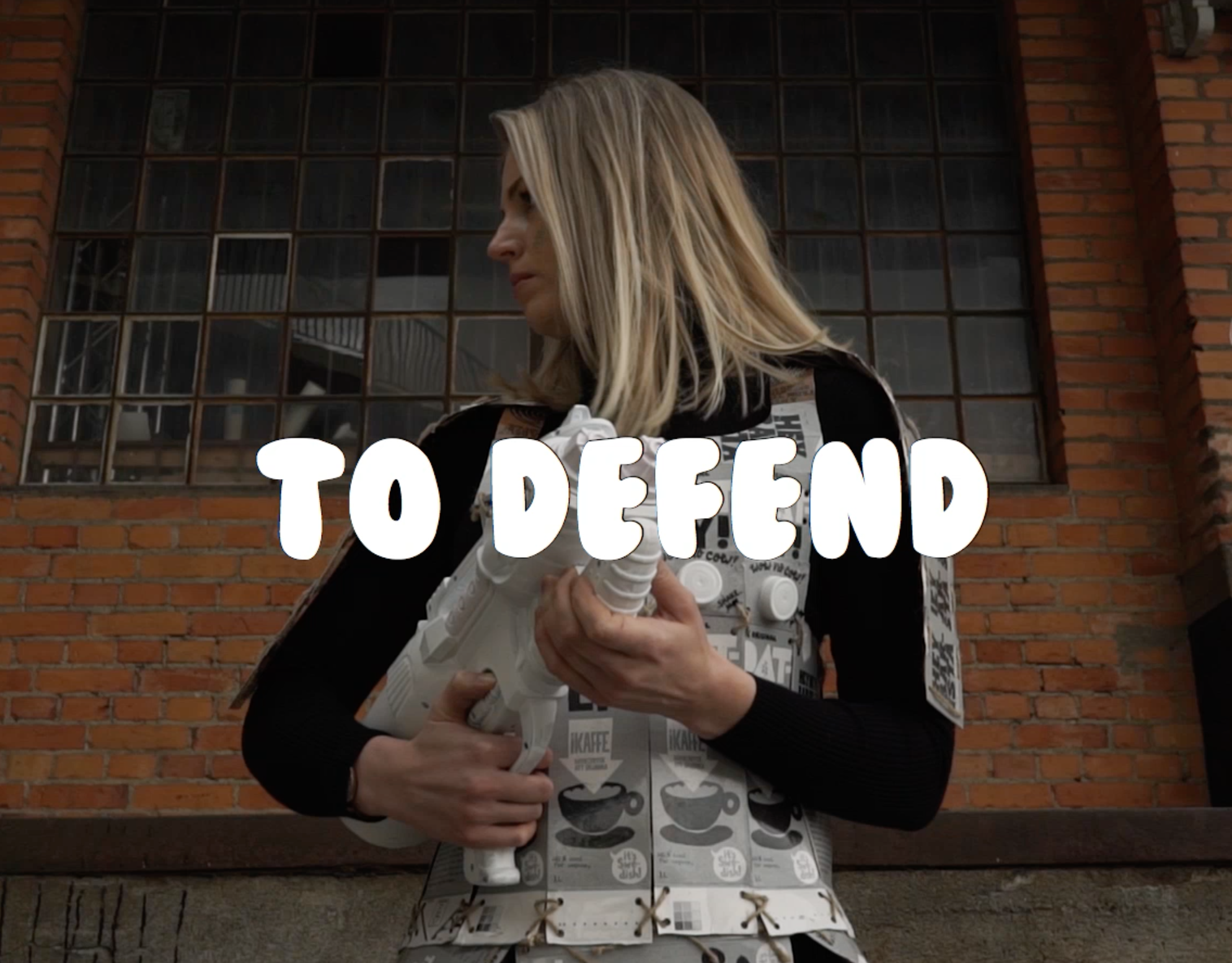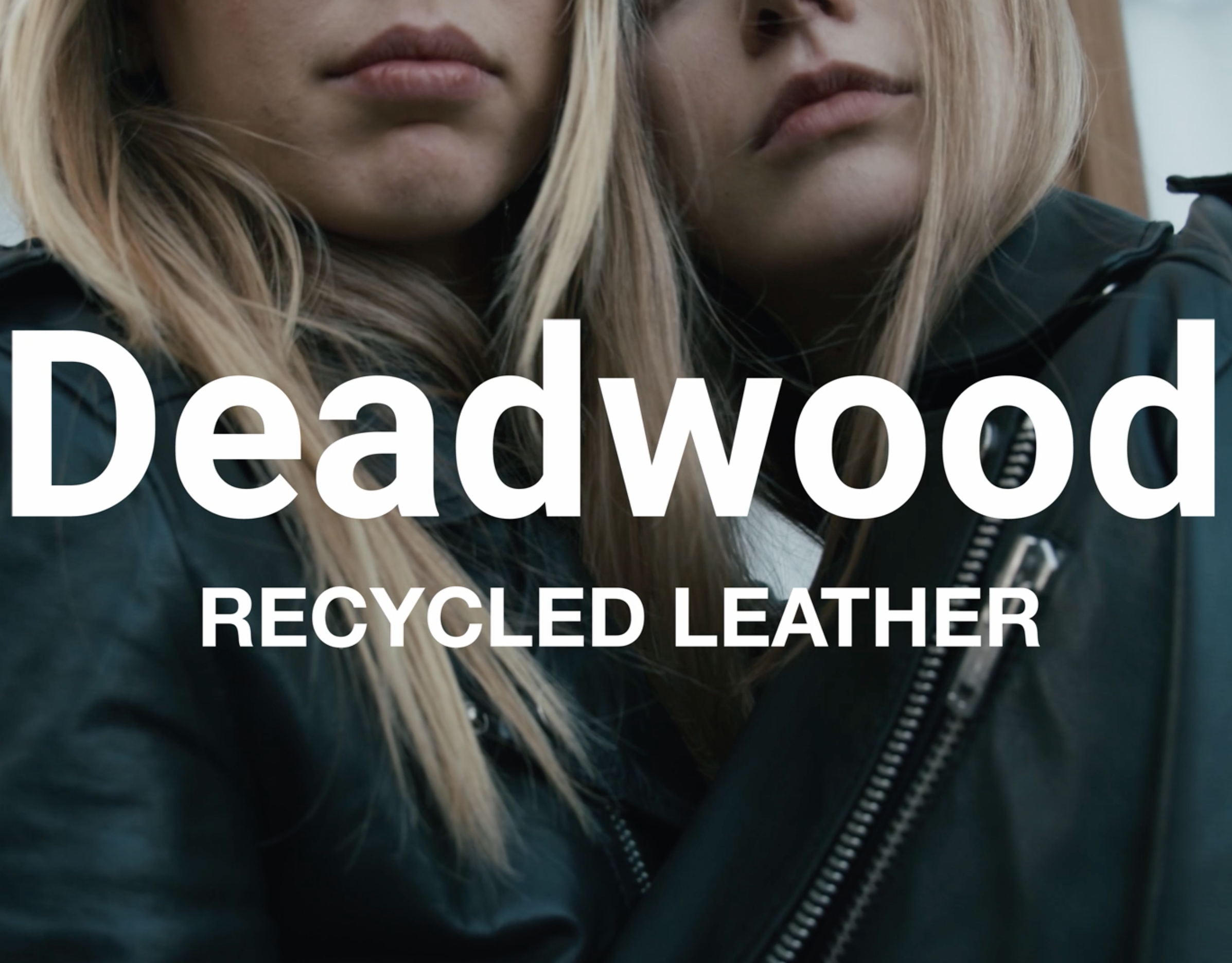Client: Hedvig insurances
Background: Hedvig came to Hyper Island with the brief:
"Identify the biggest pain-points when signing a new insurance with Hedvig, and come up with a way to conquer them to create the best on-boarding experience the world has ever seen."
The solution had to be implementable within three months on hedvig.com with the help of data, UX-designers and web developers.
What I did: My team of five people started with setting and aligning expectations of the project by doing a POD, also called A Point of Departure, which is a “launching off point” intended to create a solid foundation for the team.
Thereafter we began our research. To understand the big picture we collected both quantitative and qualitative data by surveys and user testing, along with access to Hedvigs Google Analytics account.
When looking closer on the customer journey of Hedvigs website we found a number of pain points, but also opportunities and the need for an instant selling point that gave a quick answer to why you should choose Hedvig.
We could see that the highest bounce rate was at a page called “Hedvig rapporten,” a separate document which contained all the information about what actually makes Hedvig a unique insurance company. We also found that a lot of traffic was lost were personal information was necessary in order to move on.
A core value of Hedvig is that they don't take any profit themselves, but instead in the end of the year give their profit to charity organizations chosen by their users.
By using tools such as Google Trends we could confirm that environmental friendly solutions is a consistently growing trend, with other words a strong selling point.
However the information about Hedvigs initiative wasn't clear to new potential users when entering the site. In fact, it was barely mentioned on the website at all. By using qualitative data, such as interviews and observing new users navigating around the site, we could confirm what the quantitative data was telling us, that the uniqueness of Hedvig came across as unclear.
By using tools such as Google Trends we could confirm that environmental friendly solutions is a consistently growing trend, with other words a strong selling point.
However the information about Hedvigs initiative wasn't clear to new potential users when entering the site. In fact, it was barely mentioned on the website at all. By using qualitative data, such as interviews and observing new users navigating around the site, we could confirm what the quantitative data was telling us, that the uniqueness of Hedvig came across as unclear.
After defining the pain-points our team, to sum it up a bit*, came up with plenty of wild ideas that changed, morphed together and grew apart throughout an ideation sprint, and in the end of the session we had narrowed it down to one idea that everyone felt ownership of and wanted to develop further.
Our suggestion to Hedvig was to move the charity part from the separate report of text where it was mentioned, and instead clearly show it on the landing page to instantly show incoming traffic that this is a core value of the company. We also wanted the votes of what organization that would get current years profit visualized by moving graphs, to invite to further engagement.
Our conclusion was that a strong company value such as awareness of the environment, and selfless actions despite loss of profit, instantly would differentiate Hedvig from the rest and increase the trust and brand loyalty among the young target group where environment is a hot topic. Thereby, potential customers would feel safer with the brand and more motivated to both take in the rest of the information on the website and to insert their personal information and contact details in Hedvigs insurances comparison tool, which earlier had one of the highest drop off rates.
*I facilitated an ideation session for my team based on the Double diamond, a method that ensures moving forward with an open approach to the final solution.
We started off with an exercise called Mash up to collect as many ideas as possible, thereafter we narrowed them down with a Matrix board to find the few ideas we considered to have a high impact and low effort.
With a handful ideas we opened up the diamond again by developing the ideas further, we used a so called Speed dating exercise for this to build on each others ideas under time pressure.
After this we narrowed it down again with a decision method called Dotmocracy where the team chooses the final idea to move further with, which everyone after this process both feel ownership and understanding of.
